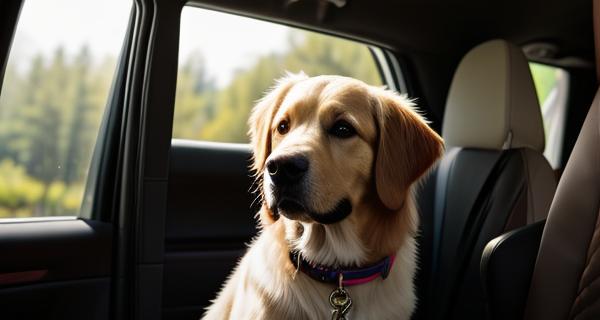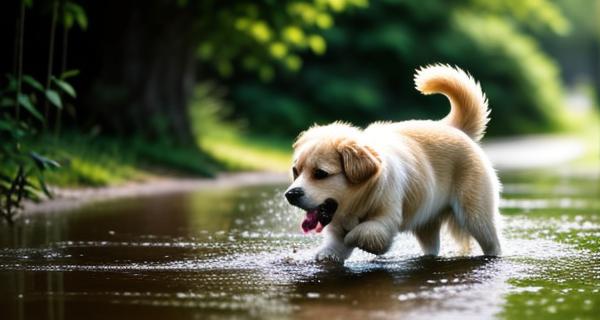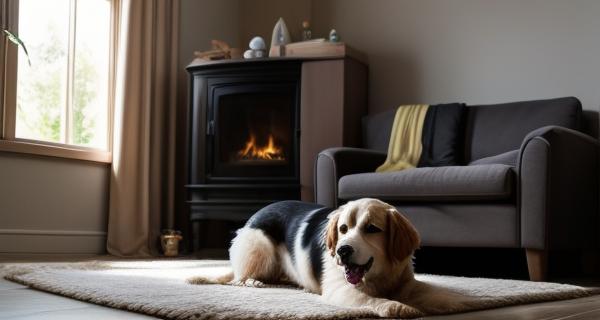Traveling with Dogs: Tips for Stress-Free Journeys
Pre-Trip Planning for Dog Travel
Traveling with your furry friend can be an incredibly rewarding experience, but it requires careful planning to ensure a stress-free journey for both of you. Proper pre-trip planning is the cornerstone of a successful adventure.
Start by consulting your veterinarian. A check-up is essential to confirm your dog is healthy enough for travel and to discuss any necessary vaccinations or health certificates required for your destination. Discuss motion sickness remedies if your pup is prone to car sickness.
Next, research your destination’s pet policies. Hotels, airlines, and public spaces often have specific rules regarding size, breed restrictions, and fees. Confirm all details in advance to avoid unpleasant surprises.
A comfortable and safe transport solution is key. Consider a well-ventilated carrier for air travel or a secure crate for car rides. Familiarize your dog with the carrier or crate well before the trip by associating it with positive reinforcement like treats and praise.
Pack a dedicated travel kit! Include essentials like food, water, bowls, leash, waste bags, favorite toys, and any necessary medications. Don’t forget copies of vaccination records and a recent photo of your dog in case of separation.
Finally, plan for frequent rest stops during car journeys. Allow your dog to stretch their legs, relieve themselves, and get some fresh air.
By taking the time to meticulously plan your trip, you can minimize stress and maximize enjoyment for both you and your beloved canine companion. A little preparation goes a long way in creating unforgettable travel memories!
Packing Essentials for Canine Journeys
Traveling with your furry friend doesn’t have to be stressful! A little planning goes a long way towards a smooth and enjoyable journey for both of you. Before you even think about the scenic route, let’s nail down the essentials for a canine adventure.
**Comfort is Key:** A familiar bed, blanket, or favorite toy can be a huge comfort in a new environment. Don’t forget food and water bowls, and a supply of your dog’s preferred food – dietary changes can upset their stomach.
**Health & Safety First:** A well-stocked first-aid kit is non-negotiable. Include antiseptic wipes, bandages, gauze, and any medications your dog requires. A copy of your dog’s vaccination records is also essential, especially if crossing borders or staying in pet-friendly accommodations. Consider a calming aid like a pheromone diffuser or calming treats to help ease anxiety.
**Travel Necessities:** Leashes (bring a backup!), a comfortable harness, and poop bags are obvious, but don’t overlook a portable water bottle and collapsible bowl. For longer trips, a crate or carrier provides a secure den-like space.
**Identification is crucial:** Ensure your dog has a collar with up-to-date ID tags, including your current phone number. Microchipping is highly recommended – it’s the best way to ensure a safe reunion if your dog gets lost.
**Entertainment for the Ride:** Chew toys and puzzle feeders can help keep your dog occupied during travel. Remember to provide opportunities for potty breaks frequently, especially on long journeys. With a little preparation, you can turn your travels into happy memories for you and your canine companion!
Managing Dog Stress During Travel
Traveling with your furry friend can be an incredible experience, but it’s crucial to prioritize their well-being. Many dogs experience stress during travel, and understanding how to manage it is key to a smooth journey for both of you.
One of the biggest stressors is the unfamiliar environment. **Desensitization is your friend.** Start by getting your dog comfortable with their travel crate or carrier well in advance. Positive reinforcement – treats and praise – will help create happy associations. Short, incremental practice sessions are better than forcing them into the crate.
**Familiar Scents Matter.** Include items with your dog’s scent, like a worn blanket or toy, inside their travel space. This provides comfort and a sense of security.
**Safe Stops & Routine.** Plan frequent stops for potty breaks, water, and exercise. Stick to a consistent feeding schedule as much as possible. Avoid overfeeding before travel to minimize car sickness.
**Calming Aids.** Consider using calming aids like pheromone diffusers (Adaptil) or calming chews, but consult your veterinarian first. Some dogs benefit from anxiety vests or compression clothing.
**During the Drive:** Ensure proper ventilation and temperature. A secure harness and seatbelt attachment are essential for safety. Avoid letting your dog roam freely in the car.
Recognize signs of stress – panting, drooling, whining, pacing – and adjust your approach accordingly. A stressed dog isn’t a happy dog, and a stressful trip isn’t enjoyable for you either. With careful planning and a focus on your dog’s needs, you can create a positive and memorable travel experience for both of you.
Safe and Comfortable Travel Environment for Dogs
Traveling with your furry friend can be an incredible experience, but it requires careful planning to ensure a safe and comfortable journey. A little preparation goes a long way in creating a stress-free adventure for both you and your dog.
Before you even hit the road, a vet visit is crucial. Ensure your dog is up-to-date on vaccinations and has a clean bill of health for travel. Consider a microchip or temporary ID tag with your contact information.
Packing smart is key. A comfortable travel crate or carrier provides a familiar den-like space. Don’t forget essentials like food, water, bowls, leash, poop bags, and any necessary medications. A favorite toy or blanket can offer comfort during unfamiliar situations.
During the journey, prioritize safety. Always keep your dog securely restrained – either in a crate, carrier, or with a well-fitted harness and leash. Never leave your dog unattended in a parked car, especially in warm weather, as temperatures can rise rapidly to dangerous levels.
Make frequent stops for potty breaks, water, and exercise. This helps prevent stress and reduces the likelihood of accidents. Be mindful of your dog’s body language; signs of anxiety include panting, yawning, lip licking, or excessive trembling.
When you arrive at your destination, allow your dog time to adjust to the new surroundings. Provide a safe and familiar space for them to relax. With a little planning and patience, traveling with your dog can be a rewarding and memorable experience for everyone involved.





Post Comment
You must be logged in to post a comment.